The Founding Period
Virtually every non-profit organization began in the same way. An individual or a small group identified a need and decided to form an organization to address that need. A board of directors was recruited, commonly consisting of friends, family and supporters. Board members tend to view themselves as supporters of the founder. Clear expectations are generally not provided.
The founder commonly assumes the position of Executive Director or “President”. Their business cards will often identify them as “founder.”This designation does not carry any additional legal authority.
Since there is minimal staff, board members may be asked to serve as volunteers in every area, from financial management to delivering programs.
Board meetings during this period consist largely of reports on the operational work of the Executive Director or of board members.
The Challenges
The commitment of board members to fill volunteer roles is necessary in the start-up phase. Once the organization is able to hire staff, however, continuation of this structure can lead to governance challenges.
1) There is no clear understanding of the distinction between the authority of the board and that of the Executive Director, including:
- Which decisions that should be made by the Executive Director and which are the responsibility of the board.
- The authority to bring on new board members
2) With the addition of paid staff, board members may not want to give up the volunteer activities that provided great satisfaction. If they do relinquish those roles, they often assume that the board responsibility to provide “oversight” means that they are to “supervise” staff.
3) As “supporters” of the ED, the board will not:
- Provide for an annual evaluation of the Executive Director
- Raise challenging issues regarding organizational direction
- Actively raise funds for an organization that they do not “own”
Solutions
Strengthening the board requires the same incremental and consistent work as does building strength and skill for any professional, physical or other goal. The entire team (ED, Board Chair and Board) must be committed to this goal.
Some hands-on volunteer work by board members will often continue while the board is building a foundation for the future.
The Role of the ED
The ED must take an active role as coach for the Chair and for Board leadership. This requires:
- Regular 1:1 in person meetings with the Chair
- Engagement with an Executive Committee/leadership team
- Annual 1:1 meeting with each board member
The Role of the Chair and the Executive Committee
The Executive Committee should meet between board meetings to take responsibility for managing the board, including:
- Creating board meeting agendas
- Committee coordination, oversight and support
- Organizing an annual board planning retreat to establish organizational and board objectives
- The Executive Committee should not act as a decision maker except when a decision cannot wait until the next board meeting.
Board Meetings
- Board meetings should utilize a bifurcated agenda that separates board governance decisions from volunteer implementation work. This:
- Assures that the governance matters are addressed
- Clarifies the distinction between governance and implementation and the difference between deliberation and voting on fiduciary matters and implementation problem solving
- Governance questions (Budget, Financial oversight, Board member elections, etc.) should have been previously addressed by a committee that presents a recommendation to the board
- Routine reports are sent in advance and not discussed unless a question is raised in advance
Committees
A small board cannot establish all of the needed committees. It is however important to lay the foundation for a full committee structure by establishing one or two committees to develop committee management practices.
There should be a plan to establish the remaining committees and for how the governance responsibilities will be met in the interim.





